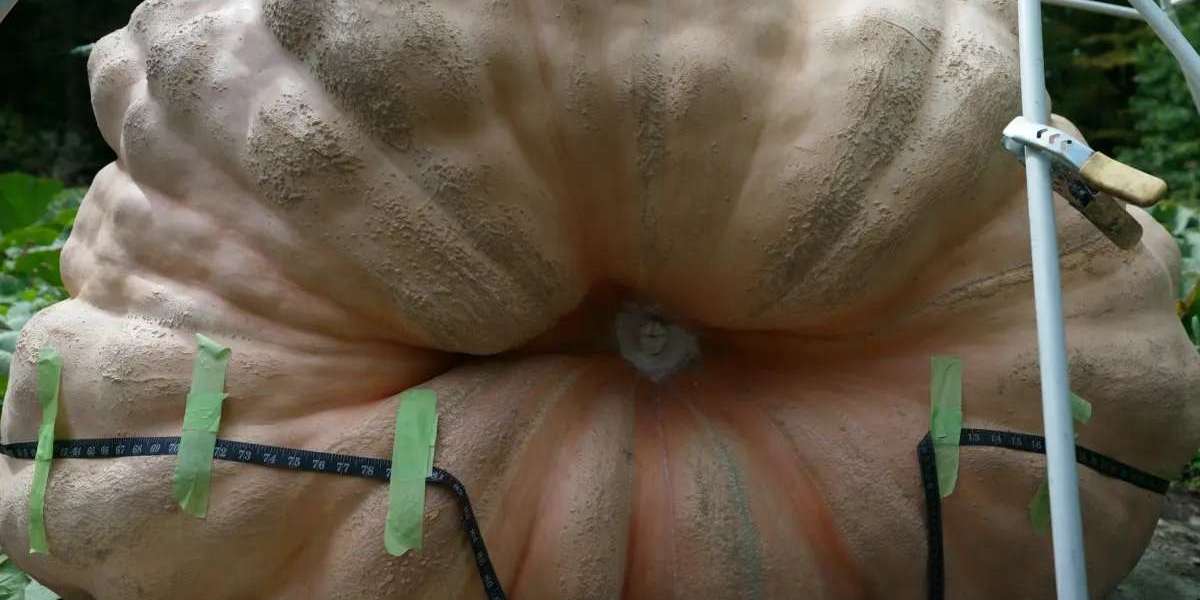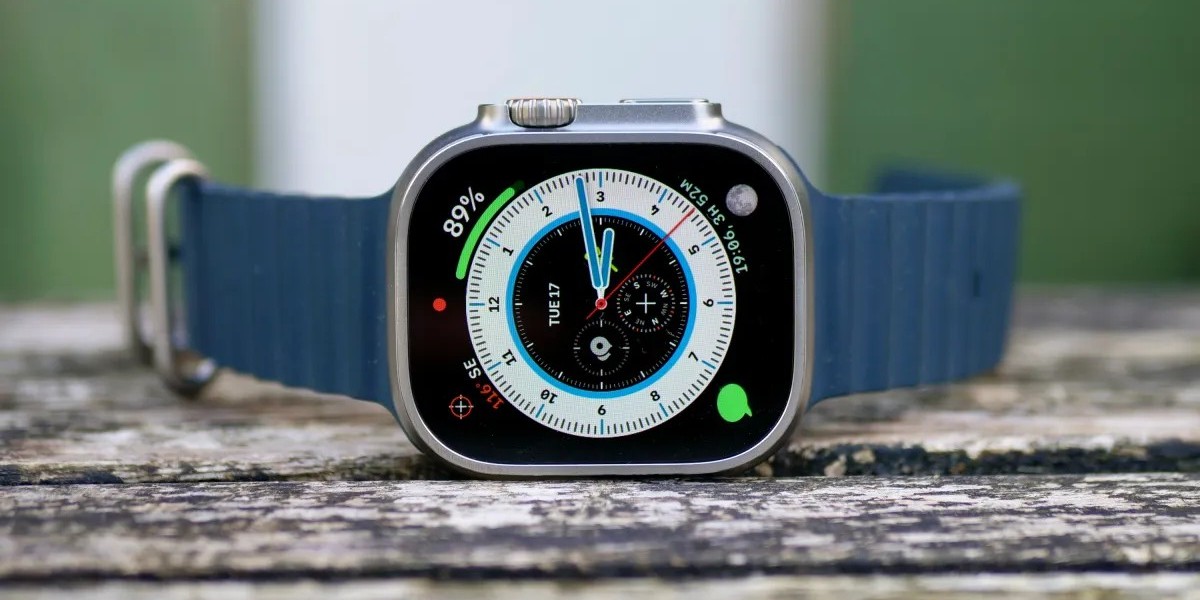article image source: freepik.com (link)
(What will be mentioned below is for advice and is not a substitute for consulting a doctor)
Common Wet Hair Mistakes That Damage Your Locks—and How to Avoid Them
Wet hair might feel soft, silky, and easy to manipulate, but it’s actually in its most vulnerable state. When hair absorbs water, the keratin proteins inside the strand form weaker hydrogen bonds, making every tug, twist, or bend more likely to cause breakage. Because the cuticle is more flexible when wet, any rough handling can leave it lifted or bent out of shape—leading to frizz, dullness, and long-term damage.
The good news: most wet-hair damage is preventable with simple changes to your routine. Here’s what experts say you shouldn’t do—and what to do instead—to keep damp strands strong, smooth, and healthy.
advertisement
1. Roughly Toweling Hair Dry
Many people blame terry cloth towels, but according to stylists, the bigger issue is technique. Rubbing or twisting wet hair creates friction that disrupts the cuticle.
Instead: Gently squeeze out excess water using your towel, microfiber cloth, or even a soft cotton T-shirt. Pat, press, and blot—never scrub.
2. Brushing Wet Hair Too Aggressively
Detangling while hair is soaked can easily lead to snapping, especially around highlighted or color-treated areas.
Instead: Brush your hair before showering whenever possible. If you must detangle wet strands, add a leave-in conditioner, hold each section firmly, and work from the ends upward using slow, gentle strokes.
3. Using the Wrong Type of Brush
Not all brushes are designed for damp hair. Some create too much tension, pulling strands beyond their elasticity.
Instead: Choose tools made for wet detangling—wide-tooth combs or flexible wet brushes that bend with the hair. These reduce snags and help you glide through knots without causing damage.
4. Applying Oils and Serums Too Late
Hair absorbs moisture best when it's still damp—not fully dry.
Instead: Treat your scalp and strands the same way you’d treat your skin. Apply oils, serums, or moisture-locking products to wet hair so they can seal in hydration more effectively.
5. Securing Wet Hair With Tight Elastics
Because hair shrinks as it dries, tying it up tightly while wet can cause breakage right at the band.
Instead: If you need your hair up, use gentle accessories like clips, pins, silk scrunchies, or spiral ties. Loose braids and soft twists are also protective and can create beautiful waves once dry.
6. Blow-Drying Hair When It’s Dripping Wet
This won’t necessarily harm your hair, but it does make heat styling far less effective—and much more time-consuming.
Instead: Squeeze out water with a towel and allow hair to dry slightly before blow-drying. Damp hair shapes more easily and requires less heat overall.
7. Using Hot Tools on Very Wet Hair
Applying a flat iron or curling iron to wet strands is one of the most damaging things you can do. The trapped water heats instantly, essentially boiling inside your hair shaft.
Instead: Only use hot tools on fully dry hair. No exceptions.
8. Straightening Hair Only After It’s Completely Dry
There’s one exception to the “dry hair only” rule: straightening. If you want maximum smoothness and longevity, timing matters.
Instead: Begin styling when hair is still slightly damp—not soaked and not fully dry. As hair dries, the hydrogen bonds reform, so beginning the straightening process early helps set a sleeker finish.
9. Washing Hair With Water That’s Too Hot
Steamy showers feel relaxing, but hot water can swell the hair cuticle, increase dryness, and leave strands looking rough.
Instead: Use lukewarm water to wash. Then finish with a cool rinse to help seal the cuticle and promote shine.
10. Going to Bed With Wet Hair
Sleeping on wet strands leads to friction, breakage, frizz, and tangled bedhead. It can also create the perfect environment for yeast growth on the scalp, potentially contributing to dandruff or irritation.
Instead: Dry your hair as much as possible before bed. If time is short, loosely braid it or use a soft scrunchie to hold a gentle, airy updo.
11. Applying Hairspray on Wet Hair
Hairspray and wet strands don’t mix. The product can become sticky and stiff, making hair prone to breakage when brushed.
Instead: Choose styling products designed for wet application—like thickening sprays or mousse—and save hairspray for when hair is dry.
12. Coloring Hair the Wrong Way When It’s Wet
Some toners and semi-permanent dyes are safe for damp hair, but most permanent dyes and bleach are not meant for wet application.
Instead: Always follow the manufacturer’s instructions, and when in doubt, color hair when it’s dry or seek professional guidance.
Conclusion
Wet hair care is less about avoiding water and more about treating your delicate strands with intention. Small changes—like switching to gentler tools, adjusting your drying routine, or applying products at the right moment—can protect your cuticle, prevent breakage, and preserve your hair’s natural shine.
Think of your damp hair as something that needs a little extra patience and kindness. When you handle it with care, you set the stage for stronger, smoother, healthier locks every single day.
Sources
• Real Simple – Common Wet Hair Mistakes That Damage Your Locks
https://www.realsimple.com/beauty-fashion/hair/hair-care/wet-hair-mistakes
Thank you !









